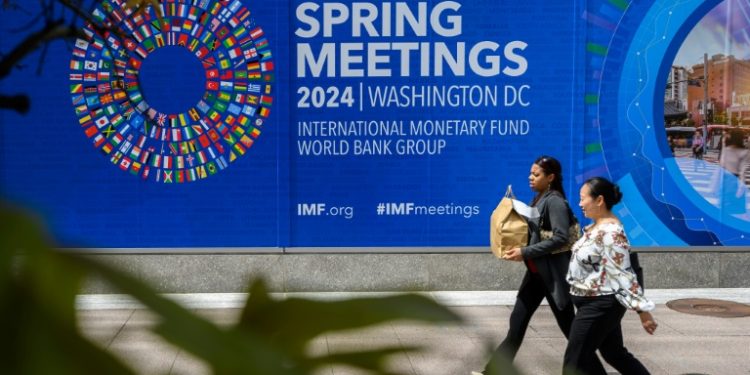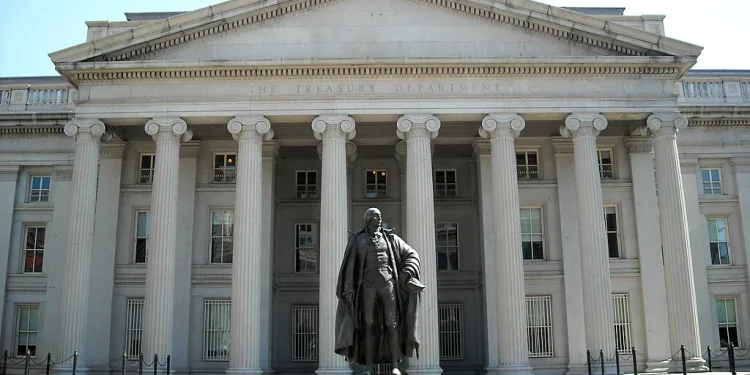CNN reports that the high and rising level of US government debt has become a cause for global concern, threatening to destabilize financial markets worldwide. The International Monetary Fund (IMF) has sounded the alarm, highlighting the repercussions of escalating borrowing costs and the potential fallout for global financial stability.
Escalating Borrowing Costs

According to the IMF, increased government spending, coupled with growing public debt and elevated interest rates in the United States, have led to high and volatile yields on Treasuries. This phenomenon, in turn, poses a significant risk of contagion, with other advanced and developing economies experiencing similar surges in government bond yields.
Implications for Global Financial Stability
The implications of this trend are far-reaching. Loose fiscal policy in the United States exerts upward pressure on global interest rates and the dollar, exacerbating existing fragilities and risks in the international financial system. As borrowing costs rise, households and businesses grapple with the burden of servicing their loans, potentially leading to defaults and financial instability.
Urgent Call for Action
The IMF’s warning underscores the urgent need for concerted action to address America’s burgeoning debt burden. With US government debt nearing $35 trillion, concerns over sustainability and fiscal responsibility loom large. The Treasury Department’s data revealing a doubling of interest costs on government debt between fiscal years 2020 and 2023 underscore the gravity of the situation.
Historical Context: From World War II to the Present
However, the issue of US government debt is not a recent phenomenon. It is rooted in a complex interplay of economic policies, geopolitical dynamics, and historical events. From the aftermath of World War II to the 2008 financial crisis, the United States has grappled with periods of fiscal strain and debt accumulation.
Role of the Federal Reserve

Moreover, the role of the Federal Reserve in shaping monetary policy and interest rates cannot be overstated. The IMF’s concerns over the impact of sustained inflation on investor sentiment and bond yields highlight the delicate balancing act faced by central banks in managing economic stability.
Challenges Ahead: The Impact of US Debt Management
As the global economy stands at a crossroads, the imperative for policymakers is clear: to chart a course towards sustainable growth and fiscal prudence. However, recent developments suggest that even if the Fed cuts interest rates later this year — the IMF’s central scenario — US government funding costs may not fall by the same margin. This scenario would place further pressure on the government’s finances, leaving less money for public services or for absorbing future adverse shocks to the economy, such as financial meltdowns, pandemics, or wars.
Charting a Path Forward
Despite these challenges, the IMF expects US public debt to continue rising, driving government debt worldwide to close to 100% of global gross domestic product by 2029, from 93% last year. In the world’s “biggest-ever election year,” governments everywhere are called upon to exercise “fiscal restraint,” given historical tendencies for increased spending and reduced taxation during such periods.
Navigating the Challenges Ahead
In conclusion, the specter of America’s debt problem looms large on the global stage, underscoring the interconnectedness of economies and the imperative for collective action. As policymakers navigate the complexities of debt management and economic recovery, the lessons of history serve as a guidepost for charting a path towards a more resilient and prosperous future.





















